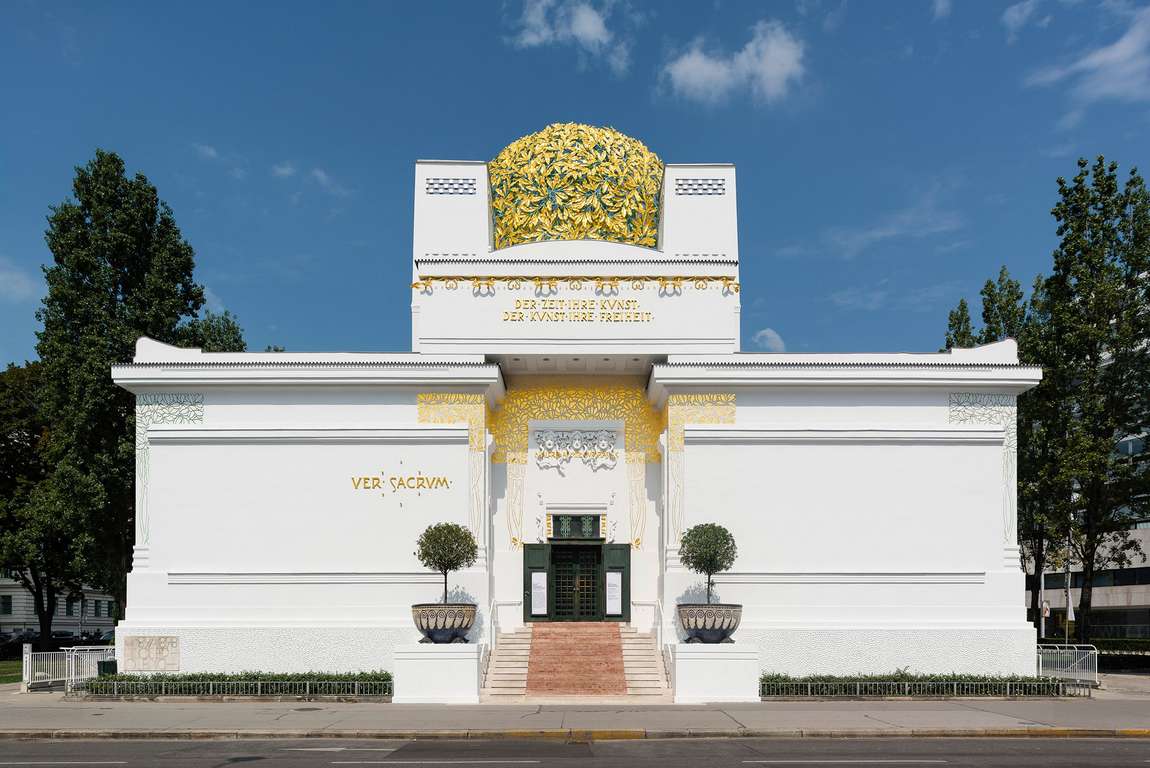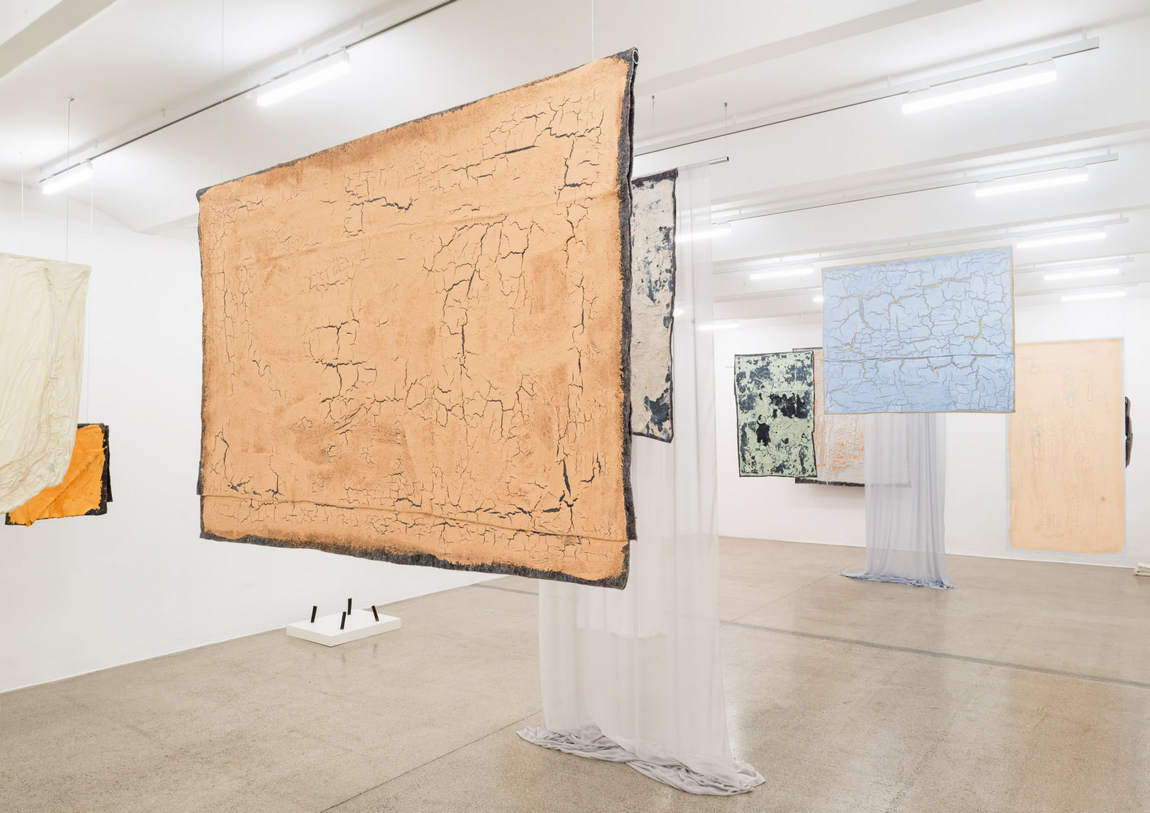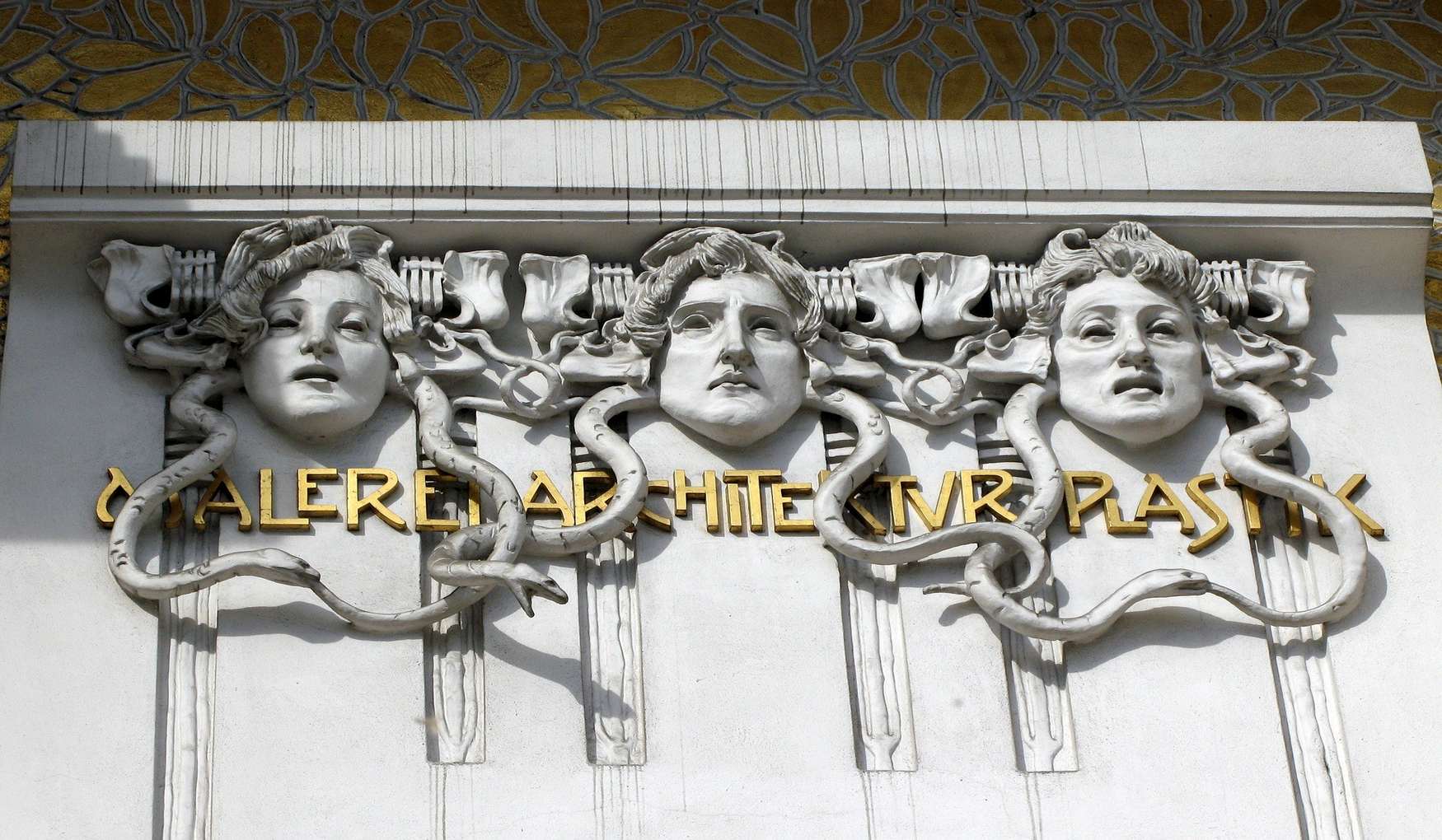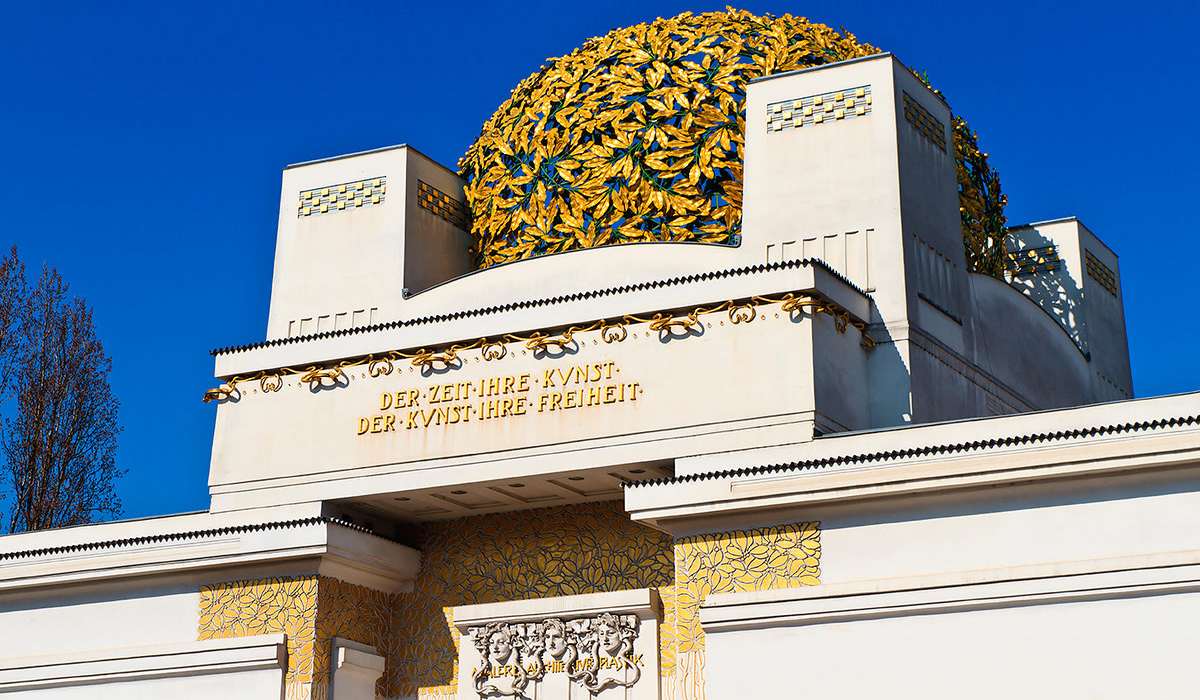People come to Vienna to be inspired, to soak up the wonderful atmosphere of beauty and excellence that is everywhere. The architecture of the city, the rich collections of the museums and the many art exhibitions and galleries all contribute to this.
Vienna is the place where you will hear the unusual term 'Secession' for the first time, and where you will have the opportunity to visit a place associated with this cultural phenomenon. The Vienna Secession is nothing more than a particular trend in art and architecture, the origins of which we'll discuss below. Today it is also a pavilion where exhibitions are regularly held.
History and nature of the concept
The Secession in Vienna was an association of fin de siècle (Art Nouveau) artists. It brought together the most prominent representatives of Austrian Art Nouveau. The leading master of the group was none other than Gustav Klimt. It is noteworthy that most of his works are devoted to the female body, but at a certain point in his life the artist travelled annually to the Attersee, where he painted many landscapes. This was the only non-figurative style in which Gustav was interested.
The Viennese Secession in architecture can be seen in Wagner's work. The style is characterised by formal refinement and straightforward ornamentation. This allows rigidity to be maintained even in the most complex combinations. It is for this reason that the Austrian Secession is also known as the square style. Between 1898 and 1899 a building was constructed in the centre of Vienna to house the first exhibition of this style, the Secession House.
Vienna Secession as an exhibition hall

This building is easy to find in Vienna. It is close to the Naschmarkt flea market, which is well worth a visit during your stay in Vienna.
The architectural structure was immediately appreciated by the citizens and is still popular today, attracting thousands of tourists. Like the destination itself, the building was unusual and daring for its time. Today it is a prime example of Viennese Art Nouveau architecture. Gold patterns, owls and Gorgon's heads are striking on the light cladding.
The main theme is the laurel leaf. The roof is crowned by a gilded dome of 3,000 leaves, the side facades are decorated with owl figures and just above the entrance are three Gorgon heads.
The gable is decorated with the gilded inscription "To Time Its Art — To Art Its Freedom".
The phrase was removed from the building for a time in 1908, but was restored after the reconstruction.
This building is one of the clearest and most vivid examples of Secession architecture. Today, it hosts exhibitions of contemporary art, allowing visitors to discover the unconventional and interesting work of the successors to the old school. On the ground floor is the Beethoven Frieze, a cycle of paintings by Gustav Klimt. This large work is dedicated to the great composer and in particular to his Ninth Symphony. It was exhibited here in 1902.
However, the work was heavily criticised and was removed from the wall in 1903. The frieze, which consists of several paintings, was done in the spirit of Klimt and with his characteristic love for the depiction of naked bodies. It is therefore understandable that the work caused dissonance at the time. It was later declared a national treasure and returned to its place in 1986.
The building itself is no less interesting than the exhibitions inside. The portal is decorated with gilded mascarons and leaves, which combine architecture, painting and plasticity. The walls of the central room are painted white and the roof is transparent. On the lower floor, there are three rooms where permanent and temporary exhibitions are held.

It's probably one of the oldest galleries in the world devoted exclusively to contemporary art. There are no more than two dozen exhibitions a year, but at any time of the day or night you can simply walk in and admire the building's exterior.
It's hard to resist capturing the building's delicate lines and whimsical patterns. Simplicity bordering on aristocracy — that, in a nutshell, is the look of the house.
Architectural manifestation
The style was also actively applied to other buildings in Vienna. Between 1898 and 1899, Wagner created several designs, from which he built two houses that adhere to the canons of this style. They are not large monuments, but if you walk towards the market you can see the decorations.
The most famous of these is the Majolica House. Its façade is lined with Art Nouveau tiles and the decoration is based on designs by Alois Ludwig. The house next door has an interesting combination of smooth plaster and gilded decorative elements. The edges of the cornices are decorated with massive figures of heralds.
If you're on holiday in Vienna, it's well worth taking the time to get to know its famous art sites. The Vienna Secession is one of them. It probably won't be visited by young children, but school and university students interested in all forms of art will find this architectural site and its exhibitions of great interest.











